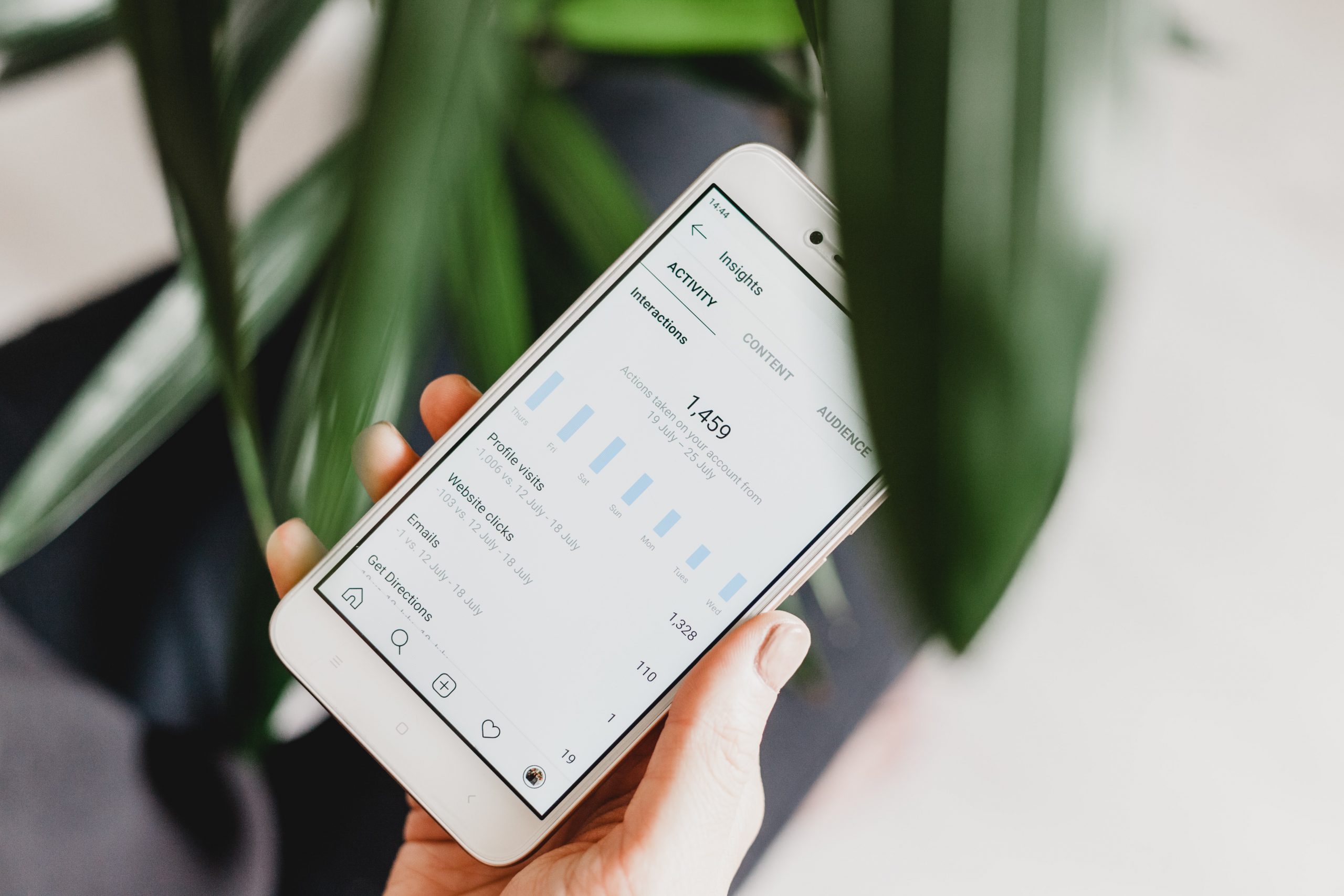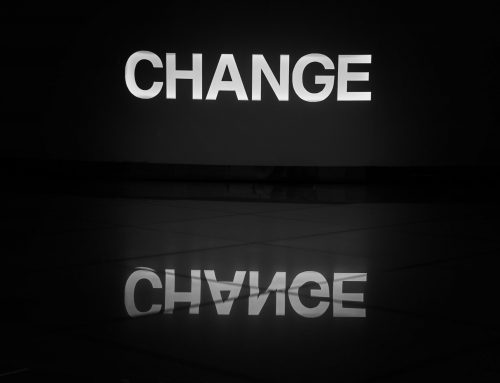In the past years a lot of things have changed in the business world. And the one thing that has become more apparent than ever is that we live in the age of the customer. The power of digital and social media has led us to a point where customers rather than companies are actually driving business decisions. Simply put, understanding your customers’ needs and wants has become essential to ensure your company is future-proof.
But how can you understand your customers and create a company culture that puts the customer at the center of everything? By using data and turning them into actionable insights, of course. Insights can help companies spark innovation, uncover the most promising and often surprising sources of growth, and develop and maintain successful products and brands. Are you still not convinced? Imagine this. In 2019, internet users spent 1.2 billion years online. That’s a lot of data. Yet 99.5% of collected data never gets used or analysed. That’s a lot of waste!
There are two ways you can listen to your customers and gain insights. The first is by directly asking them, using customer surveys, and the second is an indirect way by which you analyse how your customers behave online using for example social media data, website metadata, transaction or behavioural data. Although the second method and Big Data have gained a lot of traction lately, customer surveys are here to stay. Because although Big Data can help you understand what your customers are doing, only by asking them you can understand the why they are doing it.
Wondering how you can use surveys and customer research to get an answer to your costumers’ why? We have put this list of tips together to help you get started:
Don’t Always Assume You Know What Your Customers Want
You might think you know exactly what your customers want and need. But embrace the reality of their actions, stay objective and allow the data to provide you with insights you might have previously been ignoring. For example, Adam Sandler has proven unpopular in the US and UK markets in recent years but Netflix, using data it had collected green-lighted four new films with the actor in 2015, armed with the knowledge that his previous work had been successful in Latin America. The only constant is change and customers are changing rapidly, so make sure your insights are not outdated.
Capture Everything
Make sure you truly capture everything that can influence the customer’s experience and behaviour and avoid blind spots. After capturing everything, focus on analysing the data that matters most. Retailers like Walmart and Walgreens for example, besides using data created by their customers they also regularly analyse changes in weather to see any patterns in product demand.
Take into account your customers’ journey
A journey map is purposely designed to answer “the why and what”. It includes the main characters, a timeline, moments of interaction with the company from the perspective of the customer, the channels he or she used, but most of all it includes emotion. At every stage of the process, skilfully asked questions can produce extremely useful answers and insights. Sephora, for example, discovered through customer research, that their customers’ journey was different than what they thought. Customers often used their personal smartphones when shopping at the retailer’s brick-and-mortar locations, which led Sephora to develop the Sephora mobile app.
Operate in Real Time
The ability to gain insights into your customers’ experience and behaviour in real time allows you to understand what’s happening as it’s happening and take appropriate action steps as needed to ensure optimal user experience and business results. A consumer survey at the point of sale, for example, is an extremely efficient way to understand your customer at the exact moment he completes a transaction. Amazon uses data like this to automatically customise the browsing experience for its customers based on their past purchases and optimise sales.
Look at the Full Picture
Capture the data whether your customers interact with your website/web application from a smart phone/tablet/computer and be platform-neutral. Enrich that data by correlating it with data that resides in different data stores to make sure you are able to “connect the dots. For example, Burberry employees in brick and mortar stores can see a customer’s purchase history (both online and offline), their preferences and even social media activity and use this data to provide a more personalised experience.
Empowered consumers expect experiences designed exactly for their needs. The essence of customer-centricity is using data to help your customers achieve their own goals faster and more efficiently. How important are customer insights to your business?





